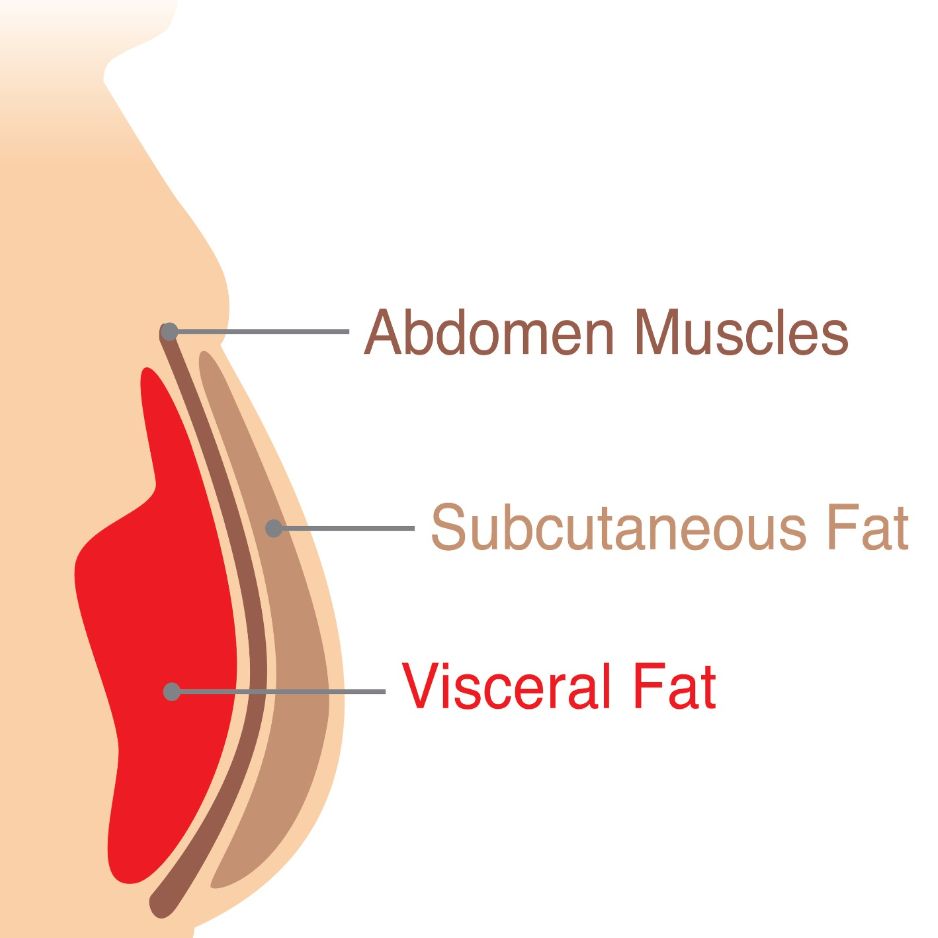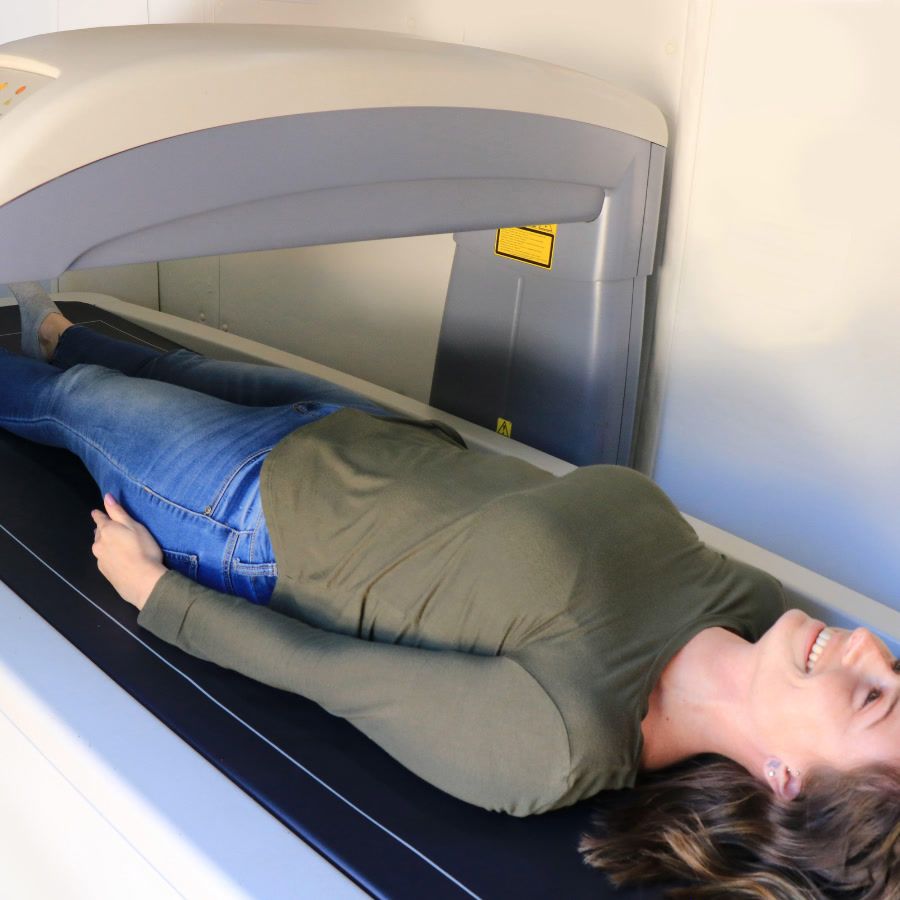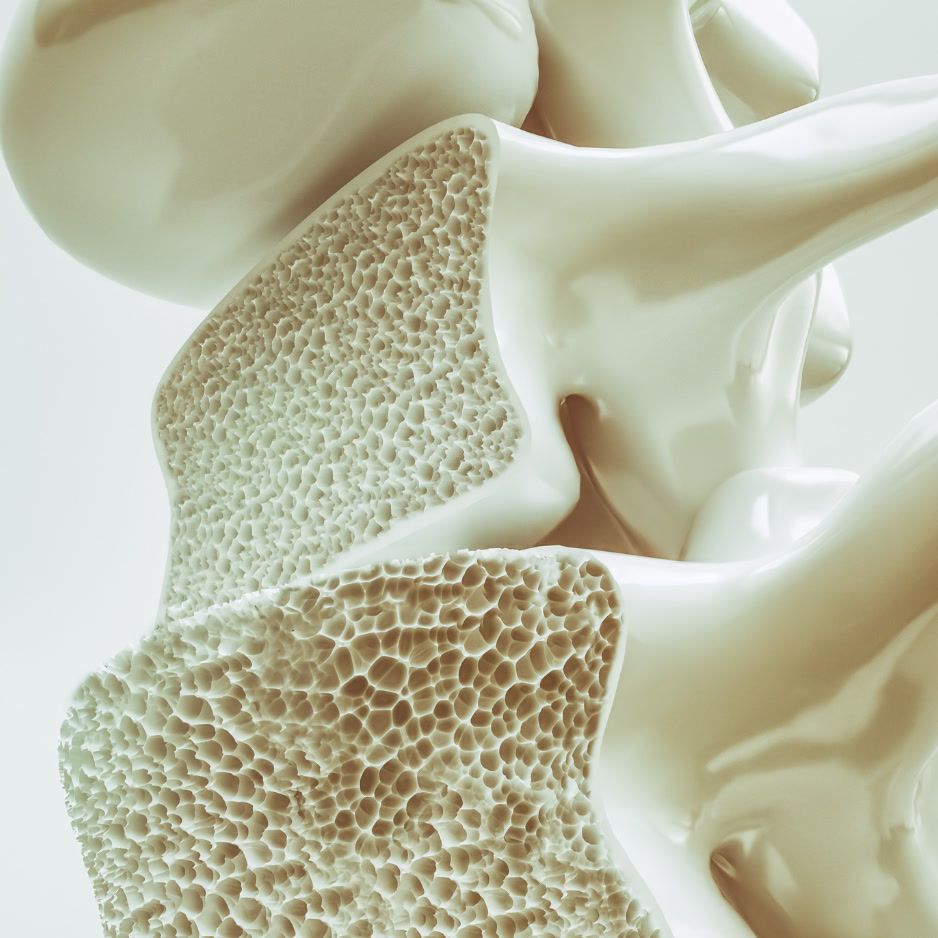Is a DEXA Scan Safe?
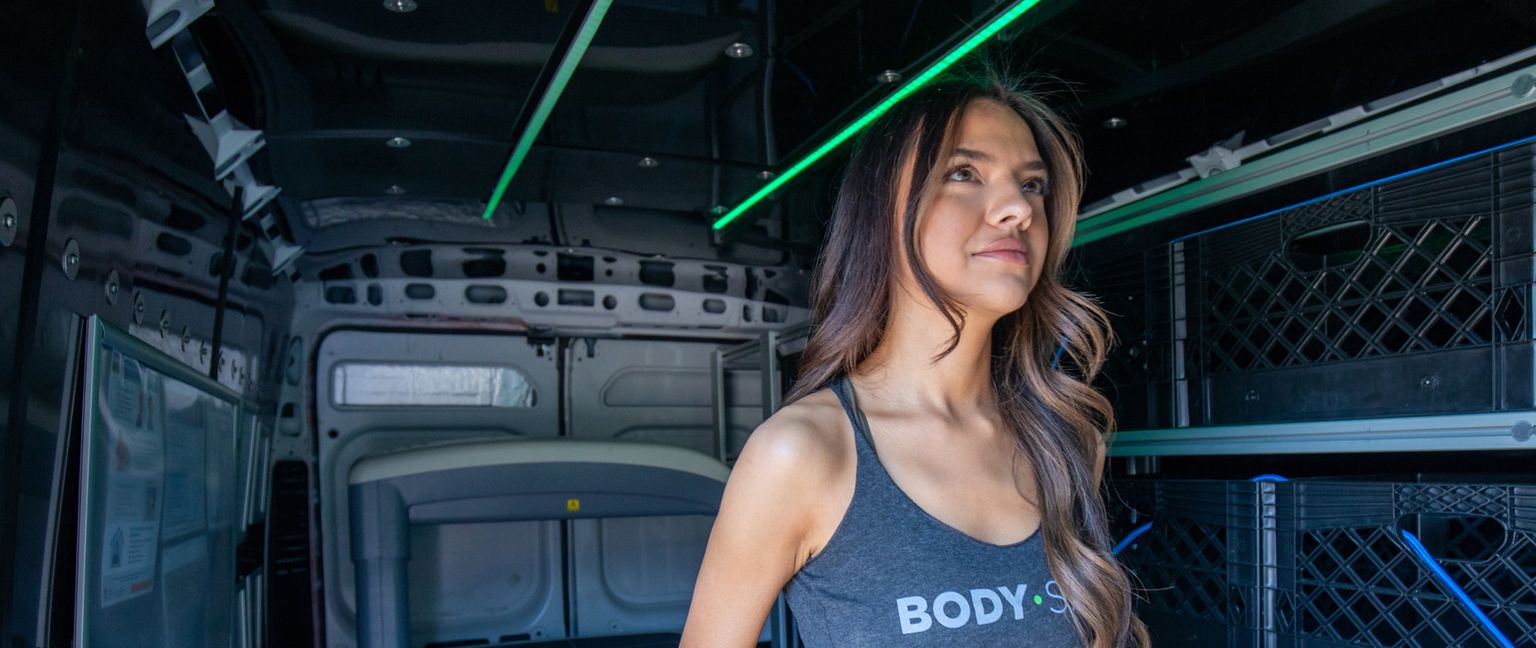
Is a DEXA Scan Safe? What You Need to Know About Radiation, Risks, and Special Populations
If you have osteoporosis on your mind, want a precise look at your body fat, or simply keep hearing friends rave about their DEXA results, one question probably pops up first:
“Is a DEXA scan safe?”
Short answer: Yes—DEXA is one of the lowest-dose X-ray tests in medicine. Let’s unpack exactly how safe it is, who should (or shouldn’t) get scanned, and how often you can hop on the table without worry.
1. How Much Radiation Does a DEXA Scan Use?
Scientists compare dose with the unit microsievert (µSv). For perspective, we all absorb about 10 µSv of natural background radiation every day from the sun, soil, and even the food we eat IAEA.
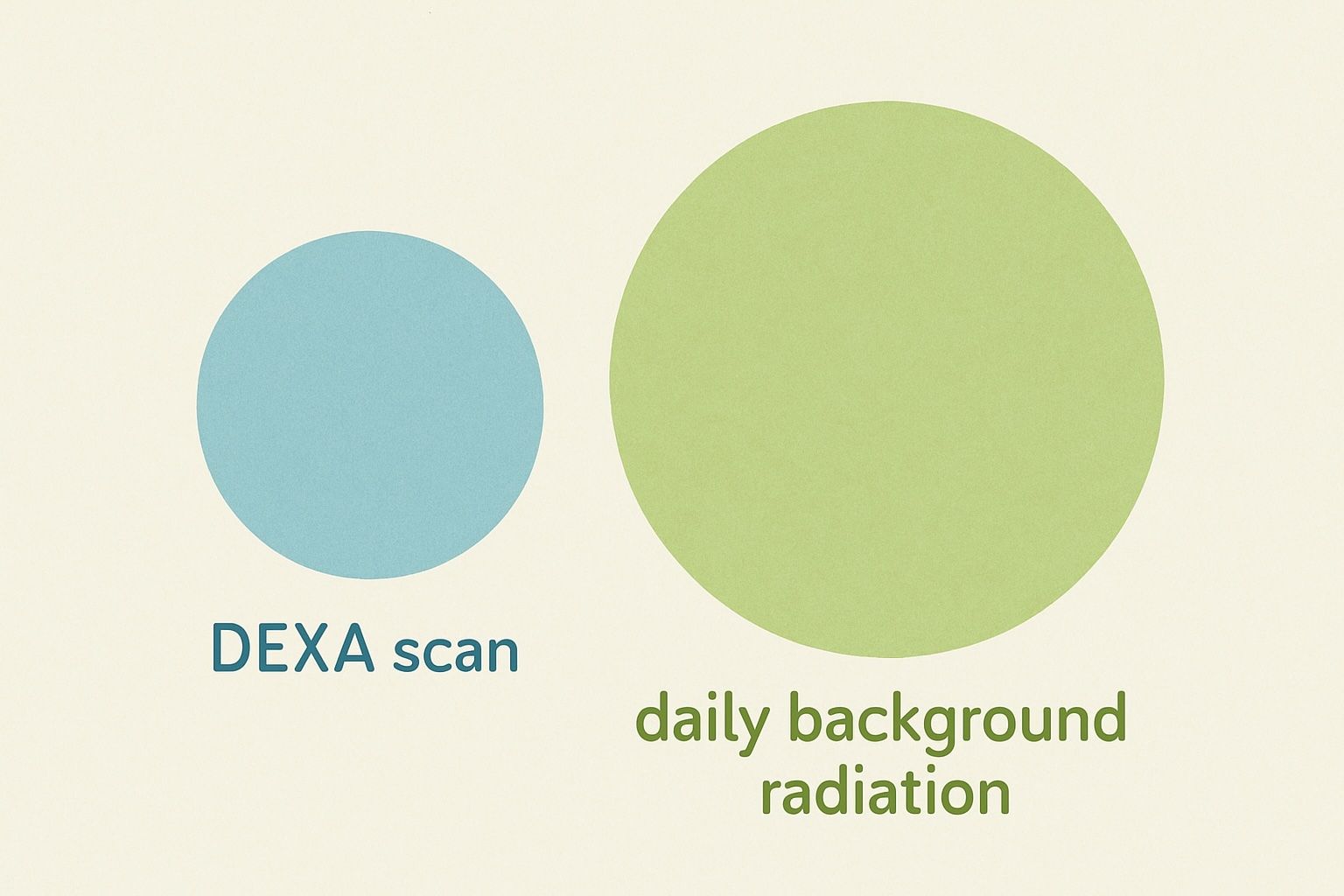
| Procedure | Typical Effective Dose | Background-Radiation Equivalent |
|---|---|---|
| Whole-body DEXA | ≈ 3 µSv (0.003 mSv) Health Physics Society | < 1 day |
| Hip–spine DEXA (osteoporosis screen) | 4 – 10 µSv CDC | ≈ 1 day |
| Dental X-ray | 5 µSv | ½ day |
| Chest X-ray | 100 µSv (0.1 mSv) RadiologyInfo | 10 days |
| Mammogram | 400 µSv | 40 days |
| Cross-country flight (NYC ↔ LA) | 40 µSv | 4 days |
Take-home message: a full-body DEXA delivers about the same radiation as a normal afternoon on Earth—and roughly ¹⁄₃₀ of a single chest X-ray.
2. Documented Side Effects (Spoiler: Almost None)
Because the dose is so small, no immediate side effects are expected after a scan. The only theoretical risk is the same for any X-ray: a very small increase in lifetime cancer risk. Regulatory bodies estimate that risk is less than 1 in 1,000,000 for a single DEXA RadiologyInfo.
Absolute vs. Relative “No-Go” Scenarios
| Scenario | Why It Matters | Can I Get Scanned? |
|---|---|---|
| Pregnancy (any trimester) | Ionizing radiation can harm a developing fetus. | Delay until postpartum. |
| Breast-feeding | No evidence of harm. | Yes. |
| Metal implants / joint replacements | Metal can create local artifacts. | Yes; your report will note it. |
| Age < 18 for body-composition goals | Pediatric reference data are limited; unnecessary exposure is avoided. | Case-by-case with a pediatric provider. |
| Recent contrast study (barium, CT dye) | Residual contrast can distort readings. | Wait 10–14 days RadiologyInfo. |
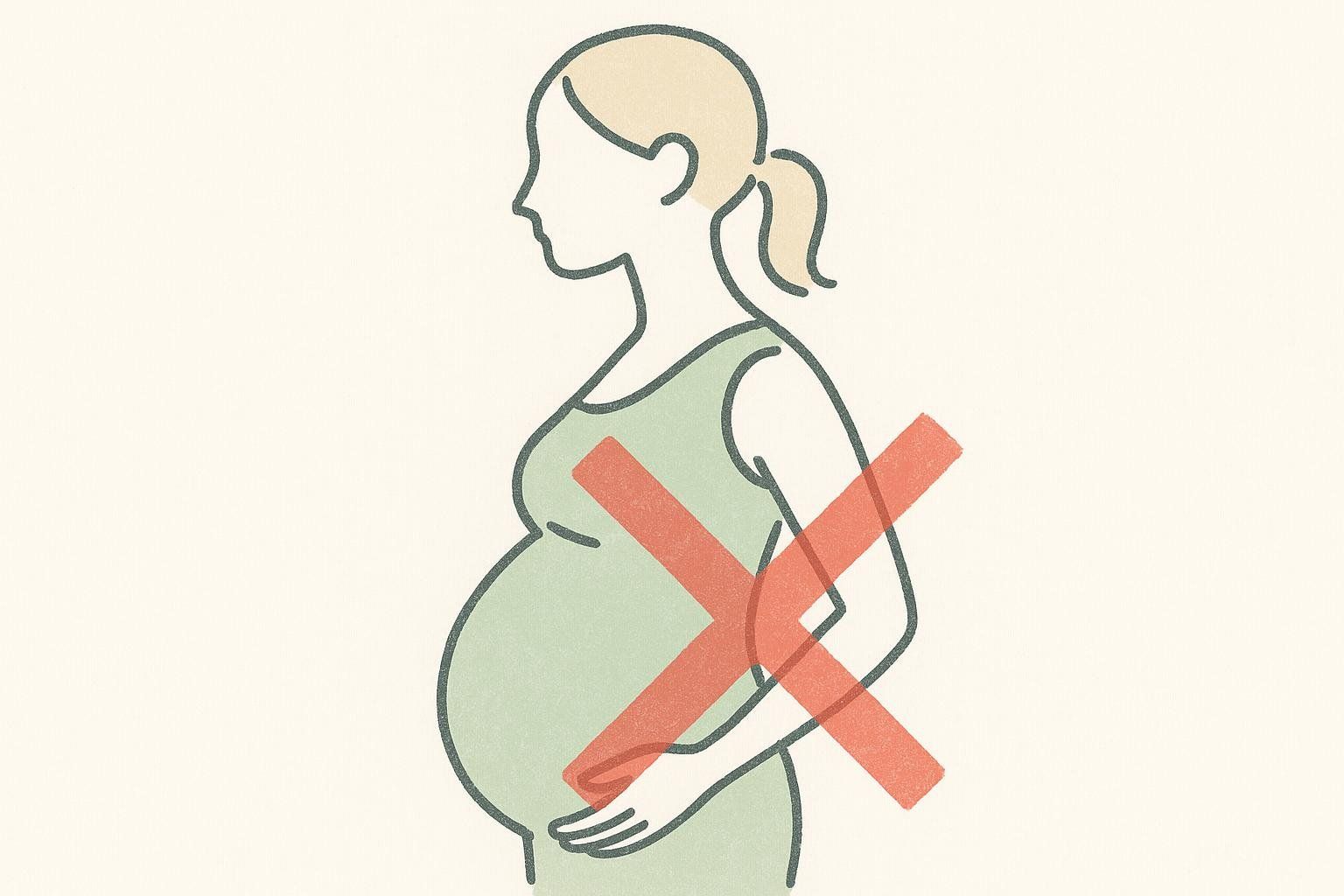
3. How Often Is It Safe to Do a DEXA Scan?
Safety isn’t the bottleneck—clinical usefulness is. Below, use cases are ordered from most-frequent to least-frequent scans so you can see where you might fit.
| User Profile | Purpose | Suggested Interval | Rationale / Guideline |
|---|---|---|---|
| Active weight-loss program | Track fat and lean-mass shifts | 6 – 12 weeks | Aligns with diet/training phases to confirm progress. |
| Athletes & fitness clients | Ongoing body-composition benchmarking | Quarterly (every 3 months) | Still well below safe cumulative dose (< 50 µSv / year). |
| Women 50–64 or men 50–69 with risk factors (fracture, steroids, low BMI) | Osteoporosis monitoring | Every 2 years; sooner if starting therapy | Captures treatment response AAFP. |
| Post-menopausal women 65+ or men 70+ | Baseline osteoporosis screening | Every 2 years | USPSTF notes little value in repeating sooner unless major change. |

Even if you scanned once a week for a full year, your cumulative dose (~150 µSv) would still be lower than two chest X-rays.
4. When DEXA Isn’t the Right Fit: Alternative Assessment Options
DEXA is suitable for almost everyone, almost all the time. However, on the rare occasions a scan is not advised—say you’re pregnant, have just swallowed a barium contrast drink, or your doctor needs a 3-D spinal view—here are the usual stand-ins and how they compare.
| Modality | Radiation? | What It Measures | Pros | Cons |
|---|---|---|---|---|
| Quantitative ultrasound (QUS) | None | Heel bone density | Portable, no radiation | Less accurate, site-specific |
| Peripheral QCT | Yes (higher than DEXA) | Volumetric bone density | 3-D data | 10–50× DEXA dose HPS |
| Bioelectrical impedance, calipers | None | Body-fat estimate | Cheap, quick | High error margin |
| MRI | None | Fat & muscle volume | Excellent soft-tissue detail | Costly, time-consuming |
For most people seeking a blend of bone, fat, and muscle insight, DEXA remains the gold standard with the best safety-to-data ratio.
5. Frequently Asked Questions
Can I have a DEXA while pregnant?
No. Even low-dose radiation is avoided in pregnancy unless medically urgent. Postpone until after delivery.
Will the scan hurt or make me feel warm?
Not at all. You’ll lie on a padded table for ~10 minutes, and the scanner arm never touches you.
Do I need to fast?
No fasting required. Just skip calcium supplements for 24 hours so they don’t skew bone readings Cleveland Clinic.
What should I wear?
Loose clothing without metal snaps or zippers is ideal. For details, check our quick guide on what to wear for a DEXA scan.
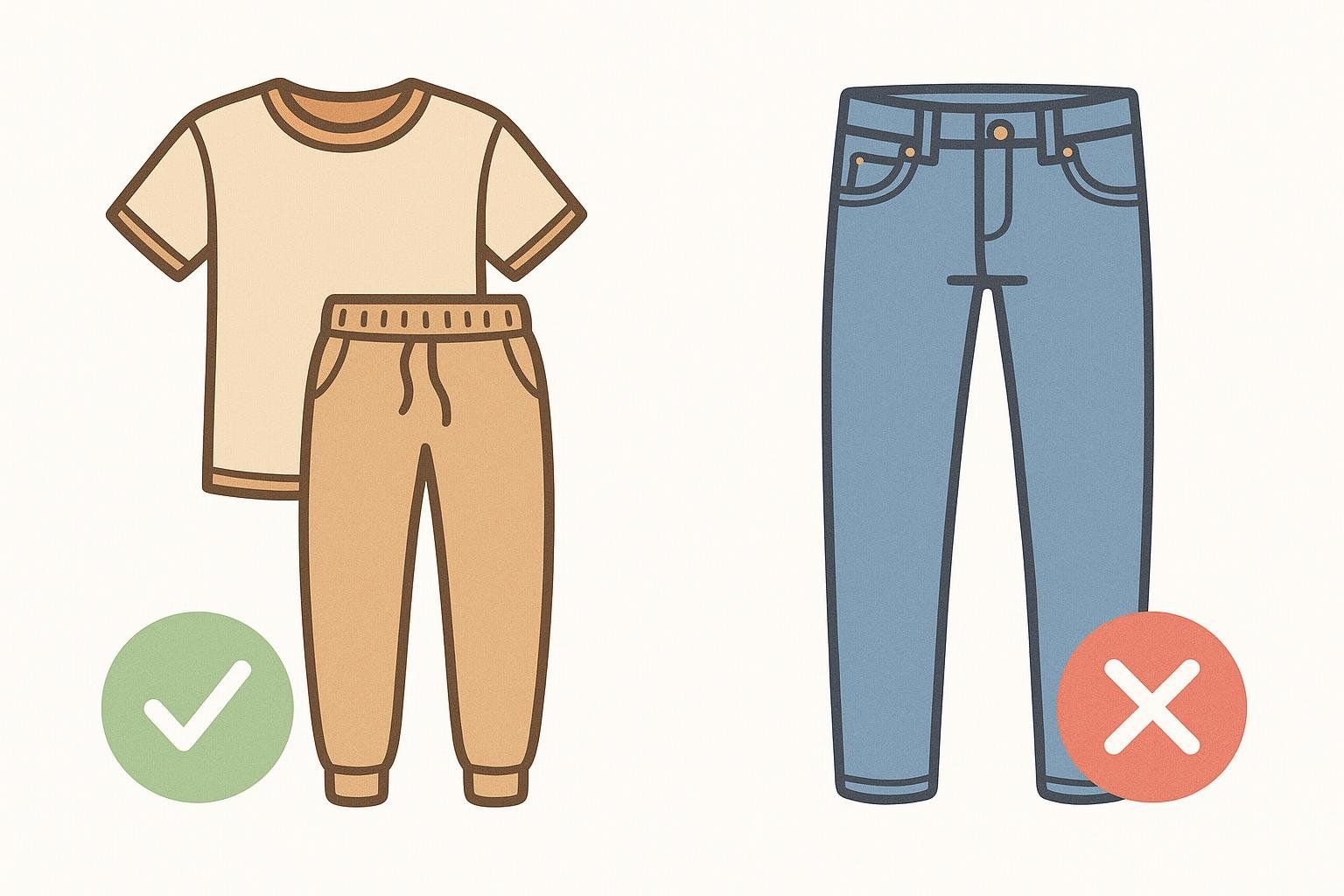
I have a titanium hip. Can I still do body-composition scans?
Yes. The software subtracts the metal’s signature. Your report will simply mark that region “prosthesis.”
How soon will I get results?
BodySpec typically delivers your analyzed numbers within minutes of stepping off the table, and a virtual coach is available on-demand to help you interpret the data and put it to work.
The Bottom Line
DEXA uses ultra-low radiation doses comparable to a single day of background exposure yet delivers comprehensive insights into bone health and body composition. If the evidence above puts your mind at ease—and you’re ready for data you can actually act on—then a BodySpec scan is a safe next step.
Ready to see what’s going on under the hood? Book your scan today and let the (ultra-low-dose) X-rays shine.
